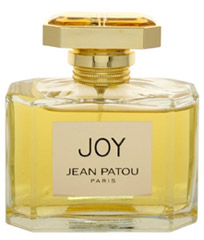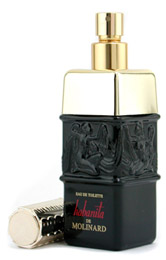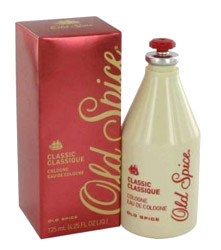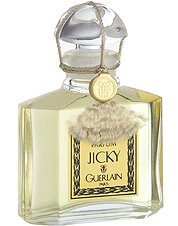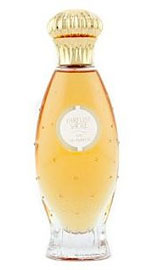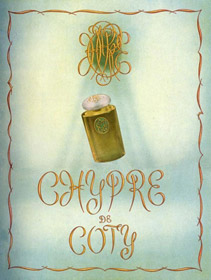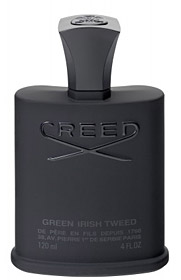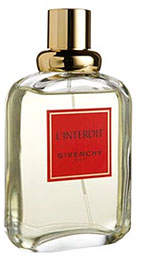Sometimes, just because I’m immature, I like to pretend that Coty only came out with the good stuff and all the stuff they’ve made that’s been terrible just simply doesn’t exist. When I think of Coty these days, the first thing that pops into my head is Lady Gaga and everybody freaking out about her up and coming “blood and semen” perfume. I won’t mention our favorite friend from Etat Libre d’Orange but I will say that the Coty of the early 1900s could have taken “blood and semen” and turned it into something beautiful. These days, I kind of hope Gaga at least gets something that isn’t a fruity-floral. Oh, Coty.
In Bottle: L’Origan has that classic smell that you just can’t imitate these days. It’s dense and complex with a varying, slightly discordant mixture of big honking spices and florals up top.
Applied: Spicy on arrival with a floral touch coming up. There’s a very old-world style to the way this perfume goes on and starts to age. People have compared L’Origan to L’Heure Bleue–well, I should say they compare L’Heure Bleue to L’Origan because Guerlain’s hit fragrance was released after this one. It’s similar in that both scents trail the same sort of fragrance with L’Heure Bleue exhibiting a much colder, more melancholy personality. L’Origan, to me, is warm and much more animalic. There’s a hint of animal in the opening there and I experienced hints of animalics throughout the livespan of the scent. It’s blended very well, though, not overpowering the scent but rather giving it a bit of sensuality and added depth. Another thing about L’Origan vs. L’Heure Bleue, it’s spicier with slightly less noticeable florals and it’s ultimately a brighter scent though its uses of the spices are very familiar. There’s a powderiness to this that tends to show up in vintage fragrances as well as a heavy dose of clove. As L’Origan approaches dry down it maintains that spiciness the whole time the florals are totally gone but what’s waiting at the bottom is this thick, rich warmness that reminds me a bit of slick metals and mosses.
Extra: L’Origan was released in 1905 and still survives today–though in an undoubtedly heavily reformulated state. As always, vintage is leaps and bounds better.
Design: The original L’Origan was bottled in a flat glass bottle of a squarish shape with the Coty seal on it. I had a warm, amber-like color and was a bit reminiscent of Chypre de Coty in appearance. The modern bottle (pictured) is reminiscent of a flower bulb with a spiky crown for a cap. I have to say I prefer the old style better.
Fragrance Family: Spicy
Notes: Bergamot, orange, coriander, pepper, peach, nutmeg, clove, jasmine, violet, rose, ylang-ylang, orange flower, benzoin, cedar, incense, vanilla, sandalwood, musk, coumarin, civet.
Somehow L’Origan comes out as the happy side of L’Heure Bleue. These two could be best friends, though probably not sisters. I have to say, despite my love for L’Heure Bleue–I like L’Origan a bit more.
Reviewed in This Post: L’Origan, ~1950, Eau de Parfum.




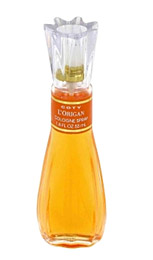
 this fragrance as well which does not help in the least in terms of identifying which style the original formula came in. Adding to this complication is Houbigant’s very sad but very complicated recent history and Raffinée not being as well known as it should be. I would like to take an educated guess but would rather not risk being wrong. The fragrance’s general theme seems to be art deco etched in gold on red which sounds like a tasteful treatment. Of the bottles I looked at, the ones involving the art deco design gave the packaging a bit of old design appeal. Much more interesting that the designs that lacked the art deco elements. If you can help me out with the vintage fragrance’s design, please leave a comment!
this fragrance as well which does not help in the least in terms of identifying which style the original formula came in. Adding to this complication is Houbigant’s very sad but very complicated recent history and Raffinée not being as well known as it should be. I would like to take an educated guess but would rather not risk being wrong. The fragrance’s general theme seems to be art deco etched in gold on red which sounds like a tasteful treatment. Of the bottles I looked at, the ones involving the art deco design gave the packaging a bit of old design appeal. Much more interesting that the designs that lacked the art deco elements. If you can help me out with the vintage fragrance’s design, please leave a comment!